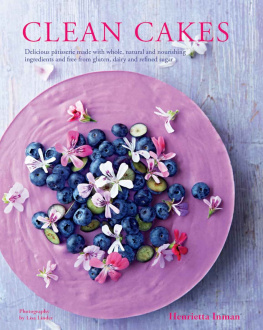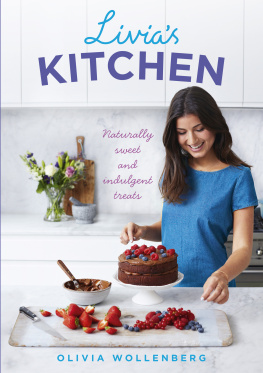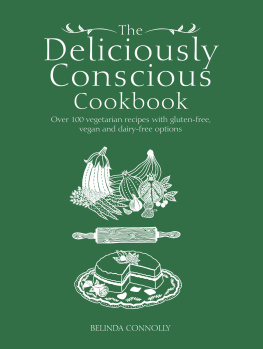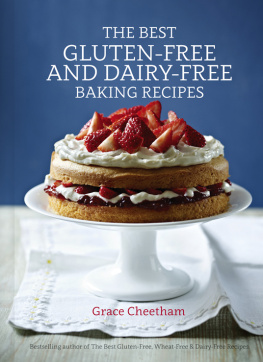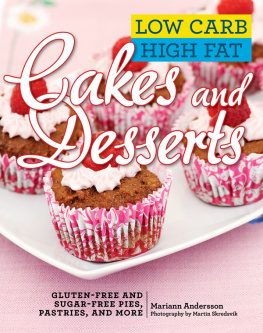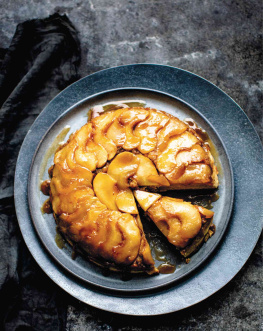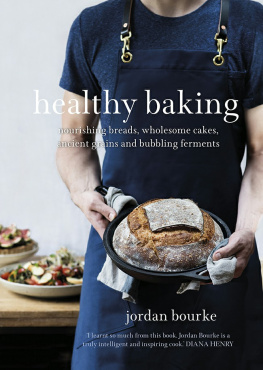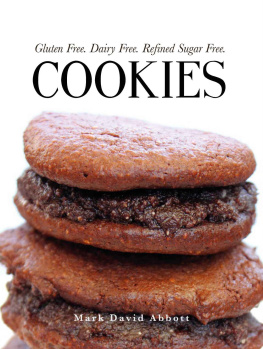Food is all about pleasure and joy and these are key to Clean Cakes. Creating nourishing, delicious food to be shared by everyone is one of lifes great pleasures. I believe that when we use conscious cooking techniques and unrefined wholefood ingredients, sourced locally, in season and organic when possible, health and happiness is the natural consequence.
A NEW PTISSERIE
A tea-time loaf brimming with toasted pecans, sticky succulent dates and baked banana; light toffee-flavoured coconut nectar sugar and creamy cashew butter in a soft and mellow butterscotch blondie; honeyed dried fruits, nutty buckwheat and sweet chestnut flours married together in a comforting fruit cake; the distinct crunch of millet flour and freshly dug root vegetables in a divine tart or spiced breakfast muffin I could quite happily continue lauding the wealth of gloriously delicious and nourishing foods that I use in my ptisserie today, but my work has not always involved such ingredients.
Fresh from university, I started my apprenticeship as a pastry chef in London. Refined white sugar and flour were at the top of the ingredients list; but I did not question those ingredients then. I wanted to learn the classics, the traditional techniques, the precise and meticulous methods and fine craftsmanship involved in the art of ptisserie. I wanted to soak up everything there was to know about new flavours, textures and how to present cakes and desserts in the most stunning way possible. Each new kitchen I worked in would bring an abundance of new ideas, exciting flavour combinations and elaborate styles of presentation. I enjoyed every bit of kitchen life, but after years of such an intense work-life, I dreamt of coming home to the Suffolk countryside to start my own business.
Attending local farmers markets, hosting pop-ups, catering for events and creating bespoke celebration cakes, my work as a self-employed pastry chef proved to be a success. However, after about a year of cooking with the same old white flour and sugar, I thought to myself, why be restricted to these ingredients?
Growing up in the countryside taught me to understand not only the value of local, seasonal and fresh produce but also the importance of eating well and to treasure whole, unrefined and natural ingredients. After all, these are the foods that our bodies thrive on. Now, back in the countryside and cooking in this inspirational environment, these ideas suddenly became more alive to me.
Today, we are conscious of healthy eating more than ever before. We understand the importance of cooking from scratch and that what we put into our bodies has a direct impact on how we feel, look and behave. More and more versatile and varied ingredients are becoming available; and new methods of cooking are being explored involving less meat and, instead, an abundance of vegetables, pulses and wholefoods. We are celebrating a more plant-based approach to cooking, realizing how exciting it can be, with a direct positive influence not only on our health, but animal welfare, sustainability and the environment, too.
This is how I love to eat and I know my friends and family do too. But why does this real food revolution in cooking have to end after the main course? Why, when weve eaten a memorable meal, plentiful in fresh vegetables and other unprocessed ingredients, do we want to follow it up with a pudding packed with refined sugar and flour? Inevitably, after one mouthful, comes the impending guilt that sadly seems to have become synonymous with even the merest thought of having a treat today. I decided to spread this celebration for healthy wholefood eating to the sweeter things in life: to pudding, to tea time, to the cake!
THE BEGINNING OF CLEAN CAKES
One of the things I love about having my own business is meeting my customers and hearing their feedback on my work. When I told them about the new ideas I had for my cakes, I was met with smiles of jubilation, proving what I had hoped that our new approach to leading healthier lives and mindful eating could be embraced at every meal. A clean cake might sound like a contradiction in terms, but you will see that its not as impossible as it might seem.
Listening to my customers, I soon realized that most people dont want over-sweet cakes or puddings. I never over-sweetened my bakes anyway, as excessively sweet foods are sickly, unnatural and not at all good for us. Cooking with seasonal and local fruit, I loved to make these natural delights the stars of the show, letting their flavours sing without being masked by too much sugar. This idea would continue into my Clean Cakes, but this time using alternative natural sweeteners.
I also became aware of the large number of people with allergies and intolerances or who simply prefer not to eatgluten and dairy. I didnt want to turn customers away, I wanted my cakes to be enjoyed by everyone, so I began to research gluten, dairy and refined sugar and their effects on our wellbeing. At the same time, I started experimenting with gluten-free flours such as brown rice and quinoa; I started tasting unrefined sweeteners like coconut nectar sugar and date syrup, thinking of ingredients they would pair well with. Virgin coconut oil, local extra virgin cold pressed (EVCP) rapeseed oil and nut butters could be used in place of butter and refined vegetable oils. Not only was I learning about the amazing nutritional profiles of these allergy-friendly ingredients, but as I tasted each one, I realized how flavoursome they all were, each with different and distinct nuances. What could be the downside to revolutionizing my ptisserie with these exceptionally delicious and nutritious ingredients, which are also suitable for those suffering from allergies and intolerances?
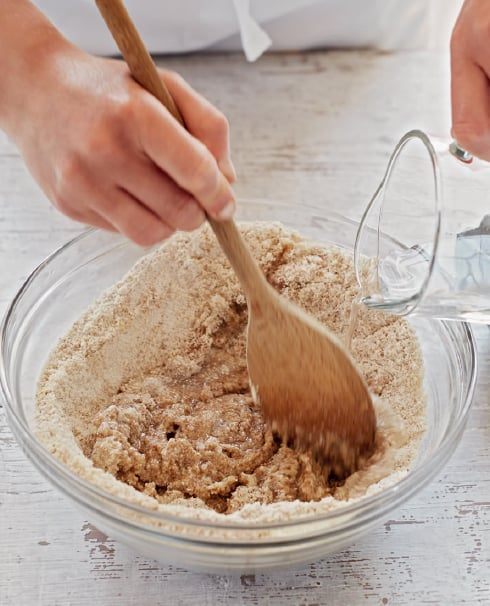
A RUDE AWAKENING
Arriving in my kitchen armed with my recipes to develop into my Clean Cakes, I couldnt wait to start creating with my newly stocked larder. But adapting my recipes wasnt going to be as straightforward as I had hoped. Gluten is a protein found in certain grains such as wheat. Its glue characteristic is what creates the elasticity in breads and the structure in cakes, binding ingredients, trapping in air and allowing for that all-important rise. Without gluten, a lot of my first recipe tests were crumbly, dense and a little flat. Butter and sugar also help greatly with structure in baked goods, creating softly textured and moist cakes. It was going to take time to learn how to manipulate my new ingredients to create the best textures possible.
In cooking, texture goes hand in hand with flavour. The main thing about plain (all-purpose) flour, caster (superfine) sugar and butter is that they have very neutral flavours onto which one can quite simply layer fruits, citrus, chocolate and other ingredients. I now needed to consider not only creating a balance between the flavours I was adding to my cakes, but also the varied flavours of my new base ingredients and how they would affect the overall products taste. Unlike plain (all-purpose) flour, teff flour, for example, is dark in colour and has a slight treacly flavour, which I soon learnt went well with autumn-winter fruits but was also divine with dark (bittersweet) chocolate. EVCP rapeseed oil has a strong flavour compared with butter, but is heavenly in cakes with earthy-tasting root vegetables or in nutritious bars made with grains, seeds and nuts. Different sweeteners would all affect the other flavours in my cakes.

